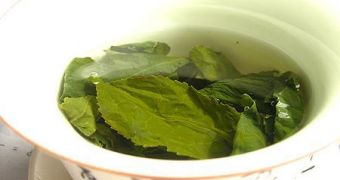In the developed world, people are subjected to computer tomography (CT) scans more often than anywhere else in the world. But this also means that they are exposed to more radiation. Taking antioxidants before the scans helps reduce the negative side-effects of radiation exposure.
While CT scans do not bombard the human body with massive levels of radiations, the particles do accumulate if a person undergoes several such procedures per year. But antioxidants, chemicals that can fight free radical molecules in the body, can reduce damage considerably.
In a new study, it was demonstrated that a combination of some specific antioxidants can reduce the damage radiations cause on DNA by more than 50 percent. But the team that conducted the work says that more work is needed to validate the connection.
This class of chemicals is found in common products such as coffee, green tea, a large number of vegetables and so on. Combining these foods and drinks in a specific way can apparently reduce radiation damage.
Experts at the University of Toronto in Canada say that their new study only included two test subjects. They add that plans are underway to organize a larger trial, that will look for this correlation in more patients, LiveScience reports.
UT deputy chief of radiology and study researcher Dr. Kieran Murphy says that the upcoming study will be conducted on people who will get CT scans of their hearts. This should provide the team with all the data they need to establish a connection.
Researches such as this one are very important because people undergo numerous CT scans, X-rays and mammograms each year. That number is expected to rise in the future as well, which means that the population in general will be subjected to even more radiation exposure.
Some studies have hinted at a direct link between the number of medical scan a person gets every year and their chance of developing cancer. However, this connection has been investigated only in passing.
According to Murphy, the combination of antioxidants the team used contained uric acid, vitamin C and glutathione, These substances were combined in proportions that ensured they would be optimally absorbed by the human body.
Details of the new work were presented yesterday, March 29, at the 36th annual scientific meeting of the Society of Interventional Radiology. The conference was held in Chicago, Illinois.

 14 DAY TRIAL //
14 DAY TRIAL //